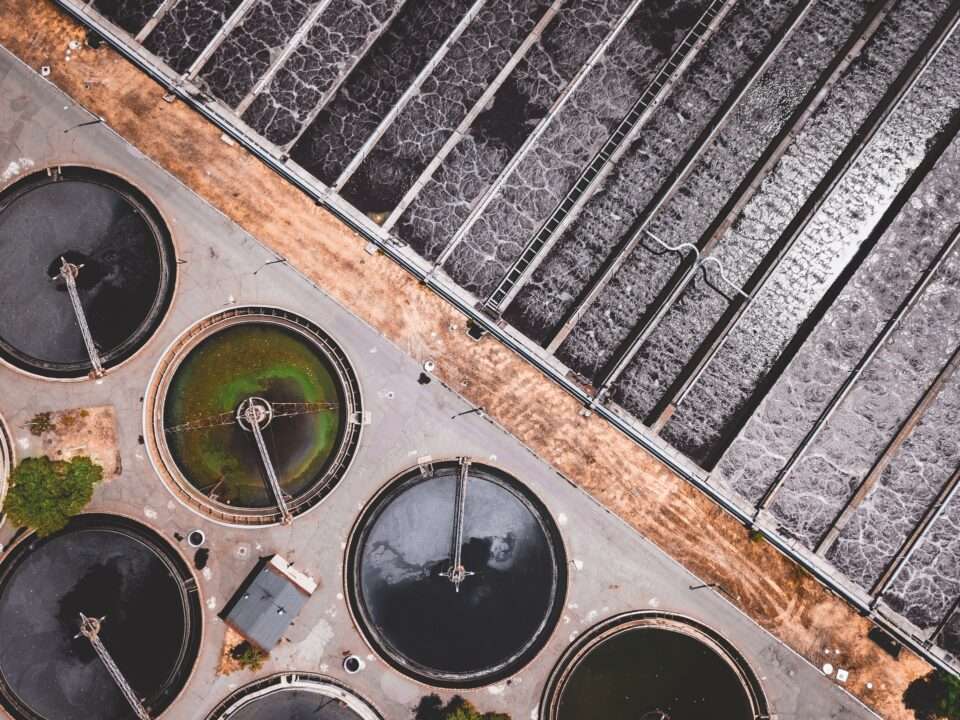There are a lot of different types of pumps on the market these days, but one of the most versatile and useful is the submersible pump. This type of pump can be used for all sorts of applications, mainly commercial. However, not a lot of people understand how they work or what some of their most common uses are. If you are interested in learning more about submersible pumps, here are six things that you need to know.
How do Submersible Pumps Work?
The submersible pump is a type of centrifugal pump designed to operate submerged in water. It has the same basic construction as a standard centrifugal pump, with an impeller (rotor) mounted on a shaft that passes through a seal at the center of the pump housing. Submersible pumps work by using a hermetically sealed motor that is close-coupled to the pump body. This means that the pump and motor are two separate pieces that are connected by a single shaft. This design allows the pump to be completely submerged in water without any risk of electrical damage. And since the motor is sealed, it can also be used to pump other liquids besides water, most commonly oil or gasoline.
What are the Most Common Uses for Submersible Pumps?
Submersible pumps are most commonly used for sewage and wastewater applications, as they can pump liquids and solids of all different sizes without clogging. They are suitable for pumping clear water, dirty water, sewage, sludge, and even slurry. Submersible pumps can also be used for other applications such as irrigation, fountains, and general water transfer. Submersible pumps can be used for just about any application where a liquid needs to be moved from one place to another. And, in most cases, submersible pumps are used when traditional surface pumps would not be able to do the job.
What are the Advantages of Submersible Pumps?
Submersible pumps have several advantages over other types of pumps. One of the most obvious is that they can be completely submerged in water without any risk of damage. This makes them ideal for use in applications where other types of pumps would not be able to operate, such as in flood control or sewage disposal. Another advantage of submersible pumps is that they are very efficient, thanks to their close-coupled design. And since they don’t have any exposed moving parts, they are also very low maintenance, making them ideal for use in tough environments including mines, construction sites, and more.
What Industries Use Submersible Pumps?
Thanks to their versatility and durability, submersible pumps are used in a wide variety of industries. As mentioned, they are commonly used in sewage and wastewater applications, but they are also popular in mining, construction, food and beverage processing, oil and gas production, power generation, and more. For instance, submersible pumps are often used to remove water from flooded areas, such as after a storm or flood. They can also be used to provide water for irrigation systems, firefighting, and more. There is no limit to the industries that can benefit from the use of submersible pumps.
The Different Parts of a Submersible Pump
A submersible pump consists of four main parts: the motor, the impeller, the diffuser, and the hermetically sealed casing. The motor is responsible for powering the impeller, which is the part of the pump that moves the liquid. The diffuser is responsible for directing the flow of liquid through the pump, and the hermetically sealed casing prevents water from entering and damaging the motor. Submersible pumps also have several other parts, such as a check valve and a discharge pipe, but these are not essential to the operation of the pump.
What are the Different Types of Submersible Pumps?
Submersible pumps come in a variety of different types, each with its own unique set of features and applications. Sump pumps are the most common type of submersible pump. They are typically used to remove water from basements or crawlspaces that have been flooded. Effluent pumps, on the other hand, are designed to pump water that contains solids, such as sewage or slurry. Grinder pumps are similar to effluent pumps, but they have a more powerful motor that is designed to grind up solids before they are pumped. Other types include well pumps, wastewater pumps, and dewatering pumps. Choosing the right type of submersible pump for your needs is essential to ensure that the pump can operate properly and efficiently.
As you can see, submersible pumps are an essential piece of equipment in a wide variety of industries. If you need a pump that can handle tough applications, a submersible pump is likely the best option. Just be sure to choose the right type of pump for your needs and you’ll be sure to get the job done right.

